Secure your fitness watch by enabling two-factor authentication on your account, which adds an essential second layer of protection beyond passwords. Create strong, unique passwords with at least 12 characters and store them in a reputable password manager. Keep your device firmware updated to patch security vulnerabilities, and configure Bluetooth pairing with 6-digit passkeys instead of default settings. Activate biometric authentication features like fingerprint scanning when available. These fundamental steps will greatly strengthen your device’s security framework.
Enable Two-Factor Authentication on Your Fitness Watch Account
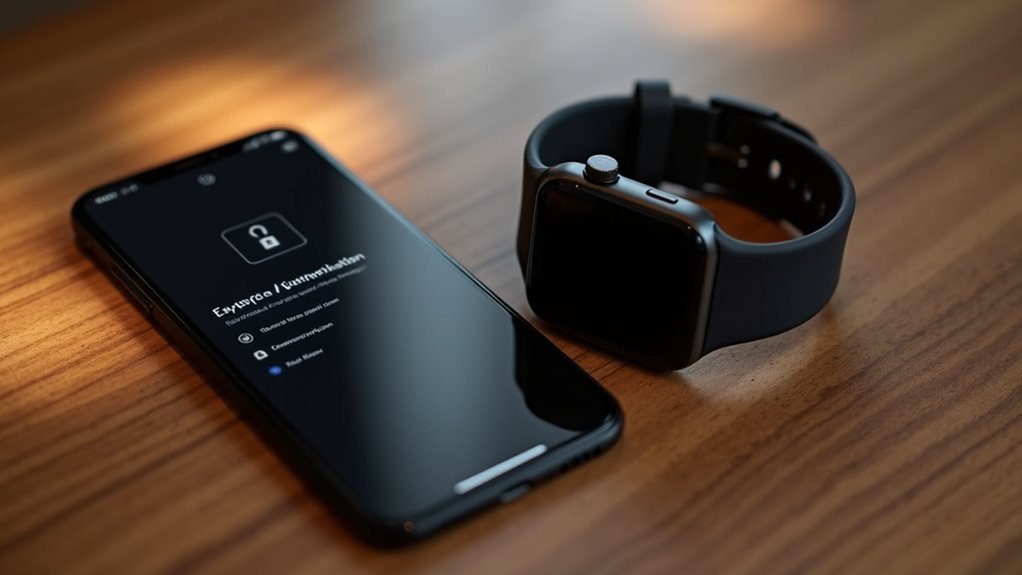
Why settle for basic password protection when your fitness watch account contains sensitive health data and personal information? Enabling two-factor authentication (2FA) adds an essential second security layer that combines something you know (your password) with something you have (your device or biometric data).
Most fitness watch platforms support SMS or email verification codes as the primary 2FA method. However, you’ll find more advanced options like biometric authentication using your watch’s existing sensors—fingerprint scanners, heart rate monitors, or even gait measurements.
Some platforms like Garmin Connect require 2FA for sensitive features like ECG apps. Keep in mind that verification codes are typically valid for 30 minutes after being sent to your device.
Consider smartwatch-based 2FA that sends push notifications directly to your device. You can respond with a simple tap, eliminating the need to enter lengthy codes on small screens while maintaining robust security.
Use Strong Unique Passwords and Password Managers
Your fitness watch’s security foundation rests on the strength of your passwords, making them your first line of defense against unauthorized access to sensitive health data and personal information.
Create passwords with at least 12 characters, combining uppercase and lowercase letters, numbers, and special symbols. Avoid common words or predictable patterns that hackers can easily guess.
Generate unique passwords for each account and device you own. Don’t reuse credentials across platforms. Change your passwords every three to six months to maintain ideal security.
Consider using reputable password managers to store and organize your credentials securely. These tools encrypt your passwords and support biometric access, making management effortless while maintaining strong security.
Keep your password manager updated and regularly review stored entries. Install software updates promptly to ensure your fitness watch and associated apps have the latest security patches and protections.
Keep Your Device Firmware and Software Updated
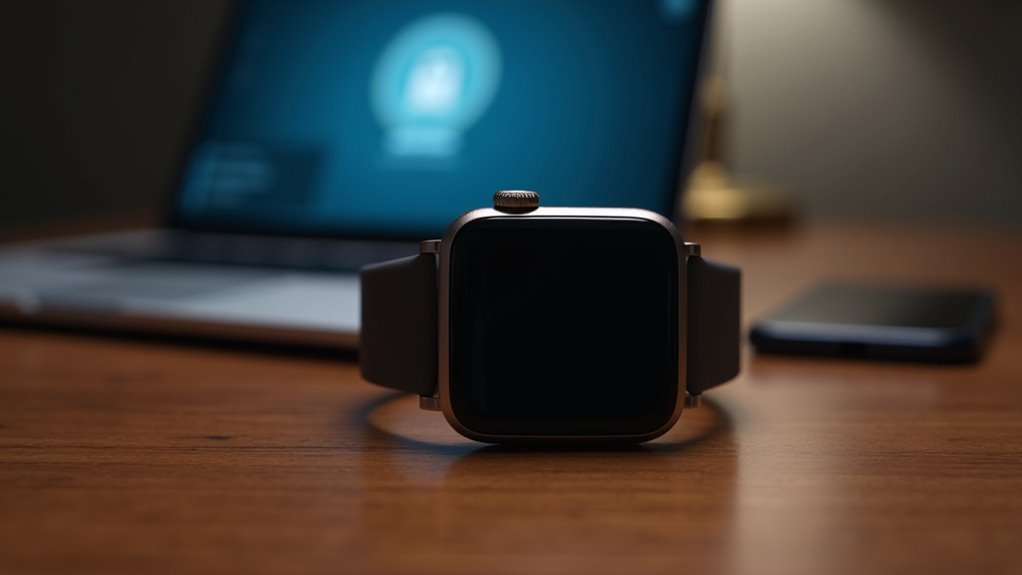
Beyond securing your accounts with strong passwords, maintaining up-to-date firmware and software forms another critical layer of protection for your fitness watch.
Updates patch security vulnerabilities that hackers could exploit and fix bugs that might expose your personal data. They also prevent unauthorized access by closing security gaps in outdated systems.
Regular updates improve your device’s performance, reducing crashes and optimizing battery life while extending hardware lifespan.
You’ll gain access to new features, enhanced user interfaces, and expanded health tracking capabilities that weren’t available in earlier versions.
Enable automatic updates when possible, or check manually for new releases.
Always update through official channels from reputable manufacturers.
Review update notes to understand what security fixes and improvements you’re receiving. Updates also safeguard sensitive data like heart rate measurements, sleep patterns, location tracking, and stored payment details from potential cyber threats.
Configure Secure Bluetooth Pairing With 6-Digit Passkeys
Bluetooth pairing creates a potential entry point for attackers targeting your fitness watch, making secure configuration essential for protecting your personal health data.
You should configure your device to use 6-digit passkeys instead of shorter codes, as they provide enhanced security and reduce brute force attack risks.
Enable Secure Connection Mode on your fitness watch, which requires Passkey Entry or Out Of Band pairing methods for maximum protection.
Change default pairing settings to guarantee unique connections that aren’t vulnerable to common exploits.
During pairing, maintain physical control over both devices to prevent unauthorized access.
Review your paired devices regularly and remove unused connections.
Always enter the displayed passkey carefully on both devices to confirm secure authentication. Consult your device manufacturer’s video instructions for proper pairing procedures specific to your fitness watch model.
Activate Biometric Authentication Features When Available
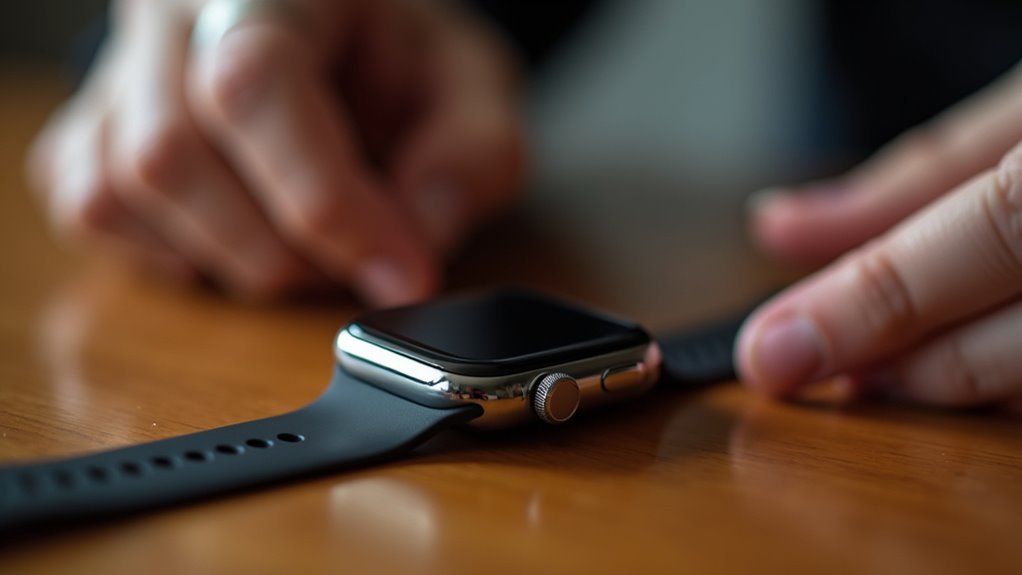
When available on your fitness watch, biometric authentication features provide the strongest layer of security by using your unique physical characteristics to verify your identity. You’ll eliminate the hassle of entering PINs during workouts while protecting sensitive health data from unauthorized access.
Most fitness watches offer fingerprint scanning for quick authentication, while advanced models include heart rate pattern recognition through PPG sensors. Some devices feature facial recognition or behavioral biometrics that analyze your gait and activity patterns.
| Security Feature | Your Protection Level | Peace of Mind |
|---|---|---|
| Fingerprint Auth | Maximum Identity Verification | Complete Confidence |
| Heart Rate Patterns | Continuous Monitoring | Constant Assurance |
| Behavioral Analysis | Invisible Protection | Effortless Security |
Enable these features during initial setup and guarantee your biometric data stays encrypted locally on your device rather than cloud storage. Behavioral biometrics are particularly appealing due to their non-invasive data acquisition methods that don’t require active user participation during authentication.
Frequently Asked Questions
Should I Disable Location Tracking on My Fitness Watch for Better Security?
You should consider disabling location tracking if you’re concerned about stalking risks, data breaches, or unauthorized profiling. However, you’ll lose route details, emergency features, and detailed fitness analysis capabilities.
How Often Should I Rotate My Fitness Watch Account Password?
You should rotate your fitness watch account password every 60-90 days. This timeframe balances security with usability, reducing compromise risks while avoiding user fatigue that leads to weaker passwords or poor habits.
Is It Safe to Wear My Fitness Watch in Crowded Public Areas?
Wearing your fitness watch in crowded areas increases risks like data skimming, Bluetooth vulnerabilities, and physical theft. You’re more exposed to unauthorized access attempts and device compromise when surrounded by many people.
What Should I Do With My Fitness Watch When It’s No Longer Supported?
You should perform a factory reset to remove personal data, unpair it from devices, disable connectivity features, and consider donating through certified e-waste programs for secure disposal.
How Can I Verify if a Firmware Update Is Authentic Before Installing?
Check the update’s digital signature from your device manufacturer’s official channels. Verify it’s compatible with your specific model, review user feedback, and guarantee you’re using secure connections when downloading the firmware update.
In Summary
You’ve got five powerful tools to lock down your fitness watch security. Don’t skip any of these steps—hackers love targeting poorly protected wearables. Your health data’s valuable, so treat it that way. Set up two-factor authentication today, create those strong passwords, enable automatic updates, pair devices securely, and use biometrics whenever possible. These aren’t suggestions—they’re necessities. Your digital health depends on taking action now, not later.


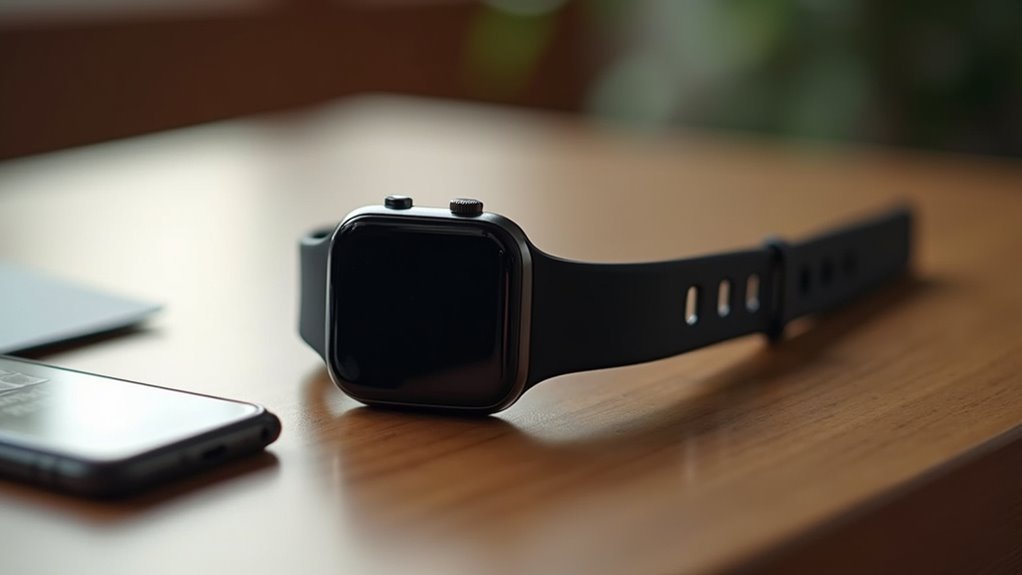
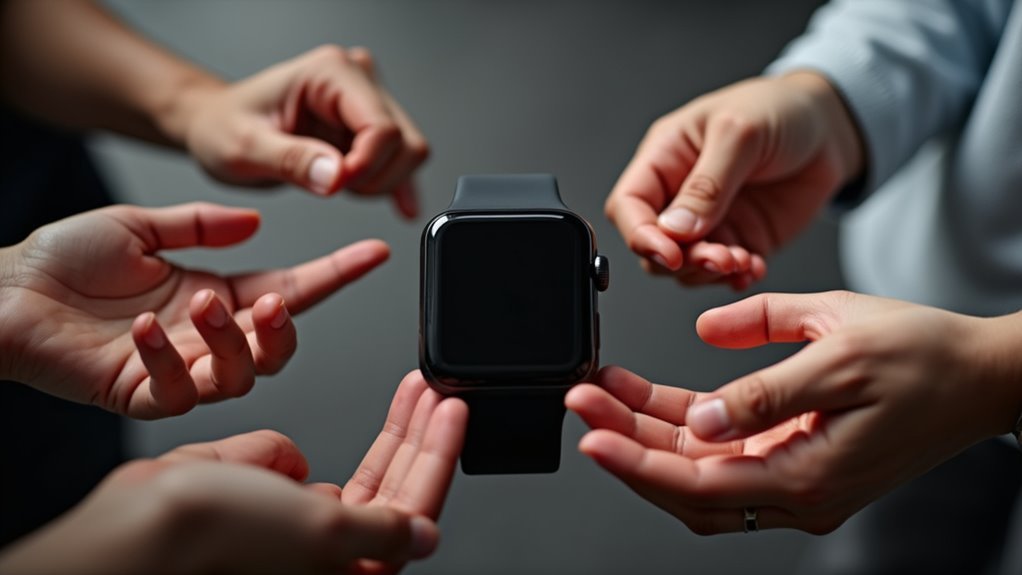
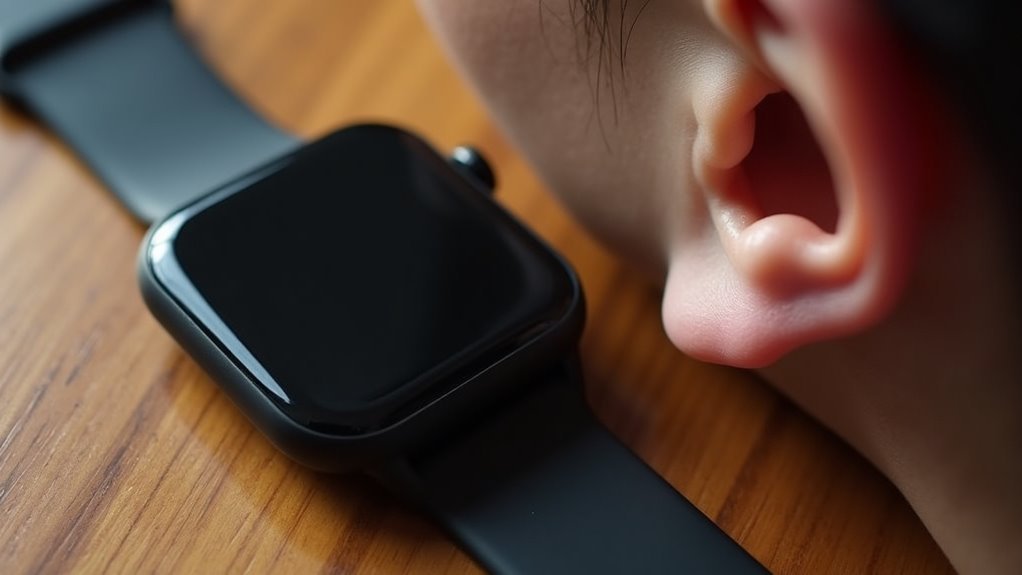
Leave a Reply